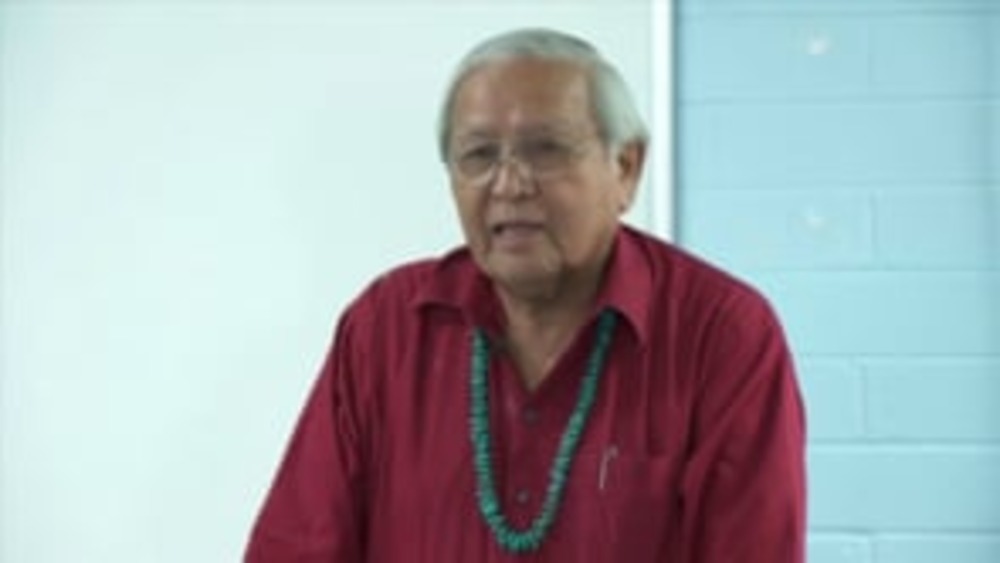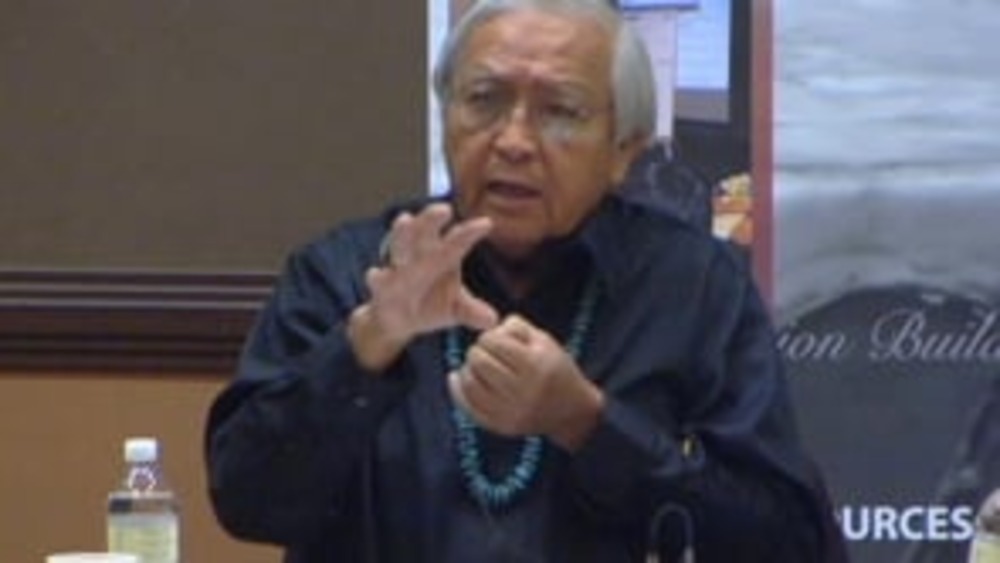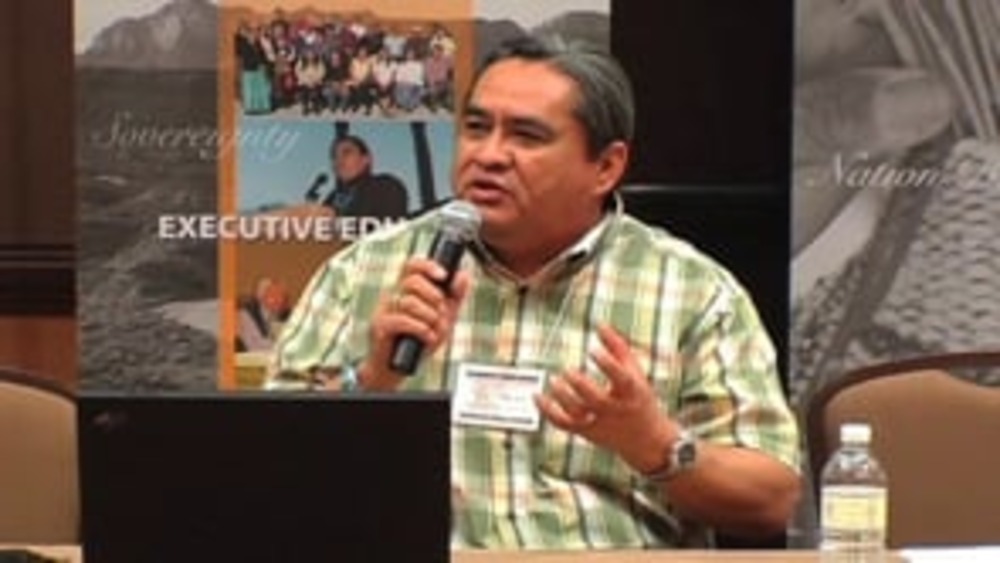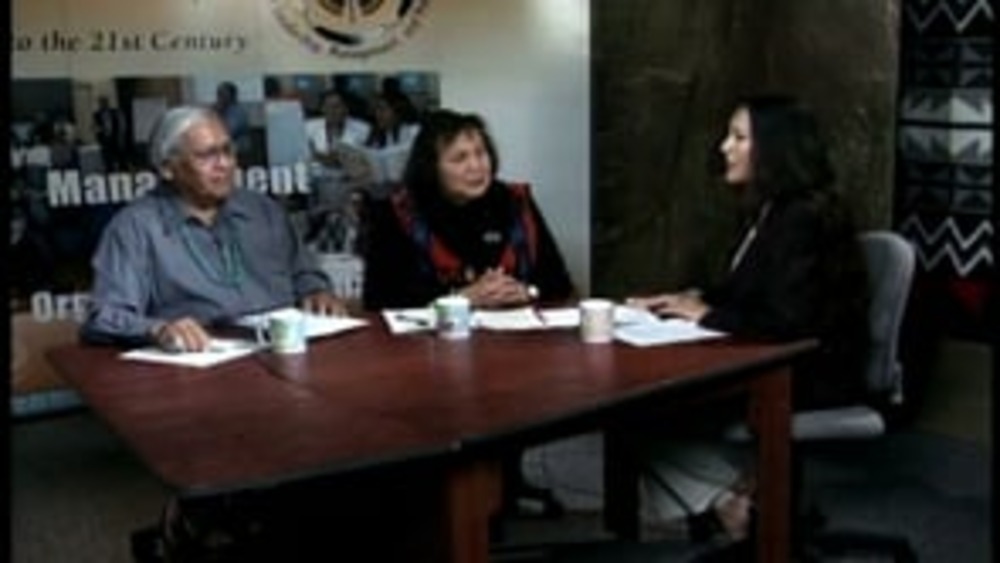Indigenous Governance Database
Peterson Zah

Peterson Zah: Native Nation Building: The Place of Education
Dr. Peterson Zah, former Chairman and President of the Navajo Nation, discusses the importance of higher education in empowering Native nations' efforts to achieve their nation-building goals. He also discusses the Navajo Nation Permanent Trust Fund as an example of the strategic orientation that…

Peterson Zah: Addressing Tough Governance Issues
Former Navajo Nation President Peterson Zah shares the personal ethics he practiced while leading his nation, and discusses how he learned those ethics from his family and other influential figures in his life.

Peterson Zah and Manley A. Begay, Jr.: Strategic Thinking and Planning: Navajo Nation Permanent Trust Fund (Q&A)
Manley Begay and Peterson Zah field questions from the audience concerning the Navajo Nation Permanent Trust Fund and how they and others worked to mobilize and sustain the citizen support necessary to keep the fund intact and allow it to grow.

Native Nation Building TV: "Leadership and Strategic Thinking"
Guests Peterson Zah and Angela Russell tie together the themes discussed in the previous segments into a conversation about how Native nations and their leaders move themselves and their peoples towards nation building. They address the question all Native nations have: How do we get where we want…
Peterson Zah and Manley A. Begay, Jr.: Strategic Thinking and Planning: Navajo Nation Permanent Trust Fund
Former Navajo Chairman and President Peterson Zah and NNI Faculty Chair Manley A. Begay, Jr. discuss the role of strategic vision and planning in the establishment and cultivation of the Navajo Navajo Permanent Trust Fund, and stress the need for Native nations to forge a long-term vision for…
Peterson Zah: Finally We Are Growing Our Own
Recorded on March 25, 2010, in this lecture Dr. Peterson Zah discusses the history of Native American education, Navajo education, and his involvement recruiting Native American students to attend college. He also stresses the importance of higher education to the success of Native nations' efforts…
